Initially I didn’t intend to show pictures or write about mosque in my Syrian series anymore, but this morning, I heard the news that the Minaret of one of the great mosques has finally fallen down to rubble due to the civil war in Syria. I also saw a flash of picture on tv of something that used to be a well preserved and beautiful mosque.
So what is so important of this minaret anyway? Well, this is a small fact: it is the oldest part of the mosque that is prominent and noteworthy square 45 m² minaret. The Minaret’s earliest restoration dates to 1090 during the Seljuk dynasty. The Minaret boasted intricate bands of carved Kufic inscriptions along its length that alternate with bands of stylized ornaments in patterns and moqarnas
Here are some pictures that I managed to take in 2011, a memory from it’s hay day, just days before the war erupted.
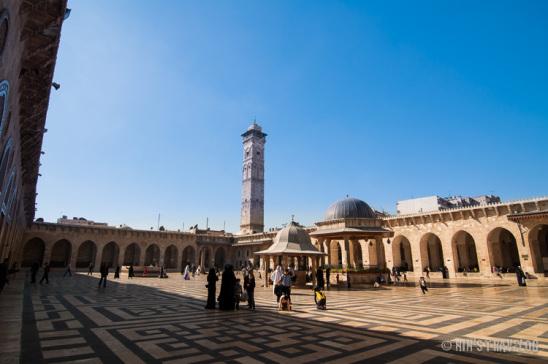
The Minaret is located at the North East end of the Mosque as seen from the inner court of the mosque
The Great Mosque of Aleppo was also called Umayyad Mosque. It was also built during the Umayyad period in the Middle East, 10 years after the Great Umayyad Mosque in Damascus. Originally this Great Mosque of Aleppo was built on the site of a former Roman temple and Byzantine cathedral built by St. Helen (mother of Constantine the Great). The mosque was founded by the Umayyad Caliph al Walid in 715 AD, and completed by his successor Caliph Suleiman.
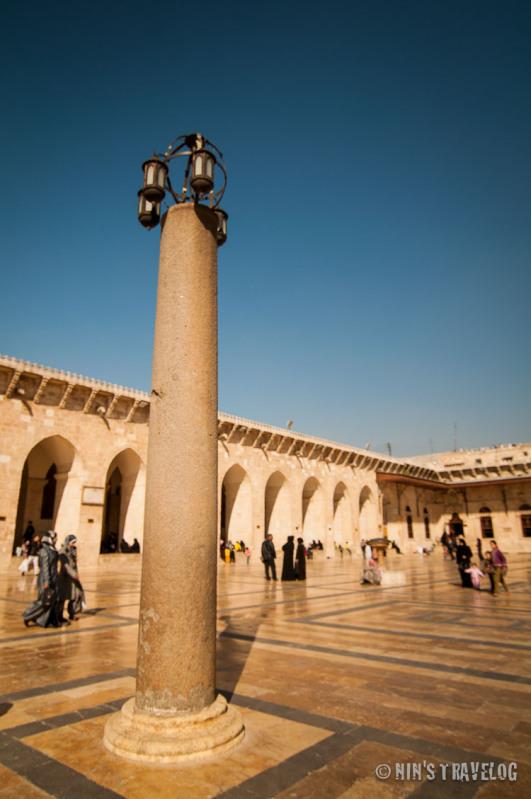
Illumination tower, that should be illuminated when day turns to dark.
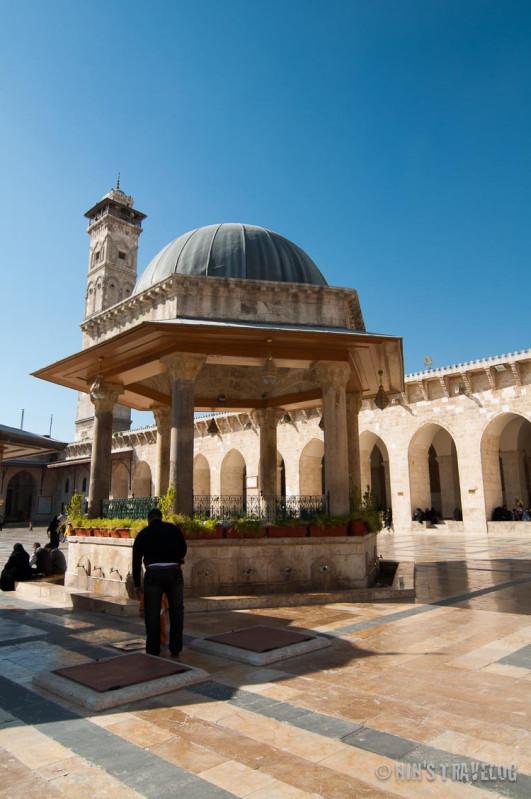
Ablusion gazebo, a place where people ‘wash’ before they go to pray inside, so that they are ‘clean’ in front of God
Like its sister mosque in Damascus, this one is also built off the souk. The main entrance to the mosque was directly at the extension of the souk with great traditional open market atmosphere. Thus the idea of a mosque is a place for the people gathering, not only a place to worship.
Throughout its history the building has endured multiple renovations and reconstructions in response to natural disasters (earthquakes and fire) and to modify its use, resulting in the development of its surroundings. Nural Din rebuilt in in 1169 after a great fire and the mosque was destroyed yet again during the Mongol invasion in 1260.
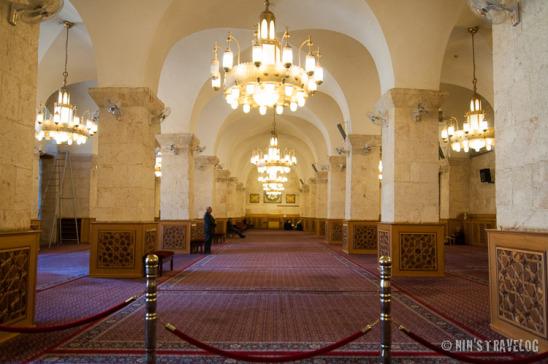
Inside the mosque where people used to pray
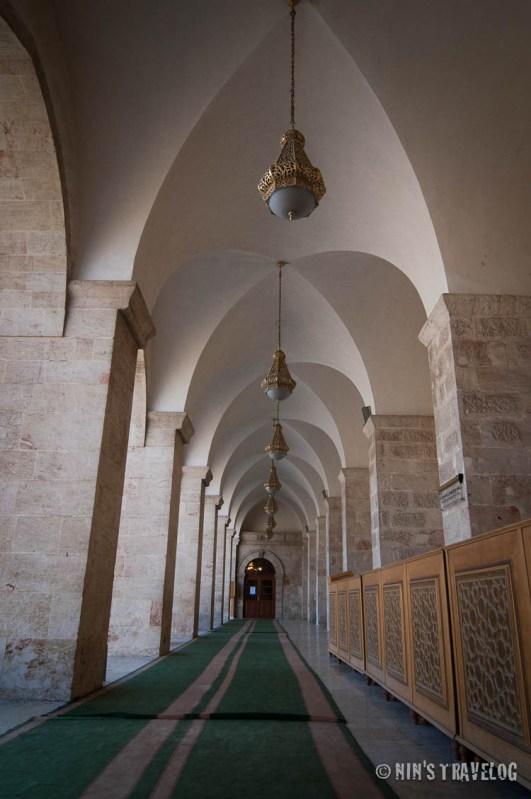
Corridor around the inner court of the Museum
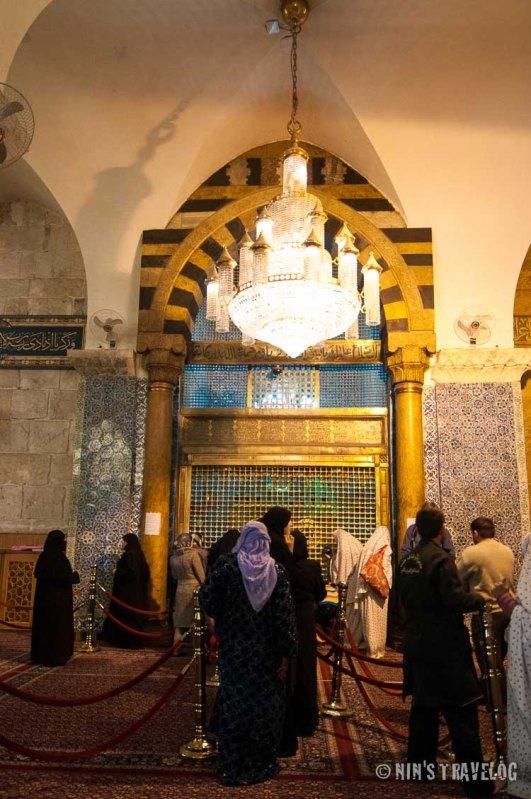
The shrine inside the prayer hall, where the Shiite Muslim pay their respect to John the Baptist’s body
Because of the above reasons, the recent mosque design and layout was totally different from what was originally built, except the minaret that had survived so far. When I visited the mosque, it looked so immaculately beautiful, as it has undergone an extensive renovation (2003-4) during which, the minaret were especially restored. However, today’s civil war destroyed the mosque yet again, and this time including the long standing Minaret.
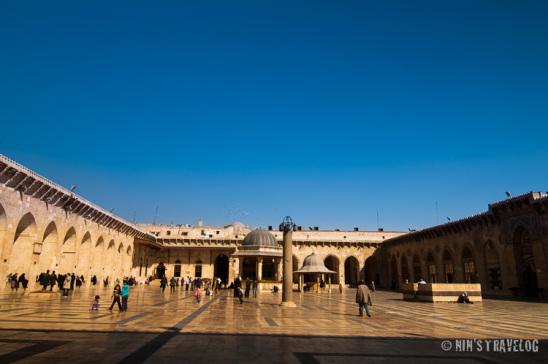
This was then, when I visited, the last time it looked beautiful, now it’s only history
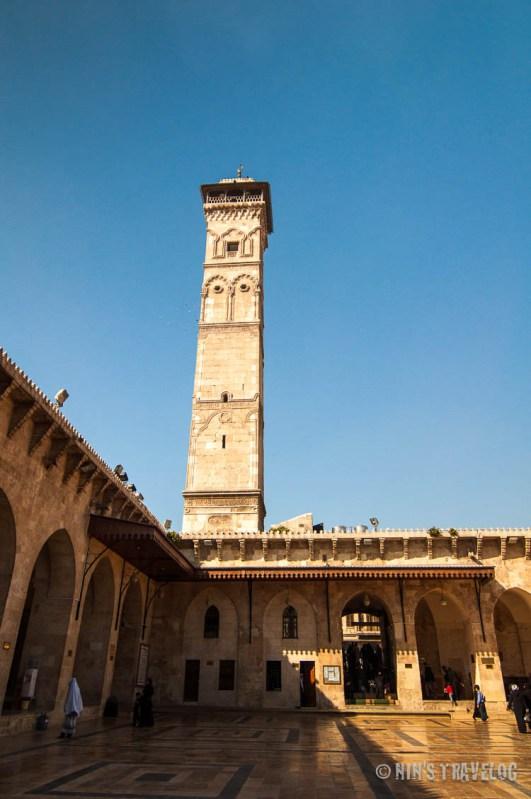
The Minaret that survived for more than a thousand years…..
I think this photography collection is now precious. And another proof of the history of human civilization has now gone just like that because of the conflict between humans. Worse of all, the destruction from the current war has the worst impact of destruction, approximately five out of six World Heritage Buildings have been damaged in this war according to UNESCO.
25.267583 51.558860